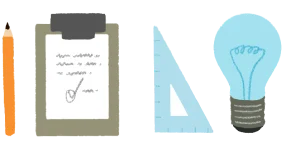Sign up for our UX Blog
Don't miss the latest! We'll notify you of each new post.

A Design System is a comprehensive set of guidelines, components, patterns, and standards that define the visual and functional elements of a product or brand. It provides a centralized resource for designers, developers, and stakeholders, ensuring consistency, efficiency, and scalability in design and development efforts across all touchpoints and platforms.
Design systems typically include style guides, component libraries, design tokens, documentation, and governance guidelines. They serve as a single source of truth for how a brand should look, feel, and behave across different products and experiences, enabling teams to work more efficiently while maintaining consistency.
Design Systems are important because they ensure consistency across all user touchpoints, improve efficiency by providing reusable components and patterns, and enable teams to scale design efforts effectively. They reduce design debt, minimize inconsistencies, and help maintain brand integrity across multiple products and platforms.
Design systems also improve collaboration between design and development teams by providing a shared language and common understanding of design decisions. They accelerate the design and development process, reduce maintenance costs, and ensure that user experiences remain cohesive as products evolve and grow.
To create a design system, start by auditing existing designs to identify patterns and inconsistencies. Define design principles and brand guidelines, create a component library with reusable UI elements, establish design tokens for colors, typography, and spacing, and document usage guidelines and best practices.
Involve both design and development teams in the creation process, establish governance processes for maintaining and updating the system, create tools and resources that make the system easy to use, and plan for ongoing evolution and maintenance. Start small with core components and gradually expand the system based on team needs and feedback.